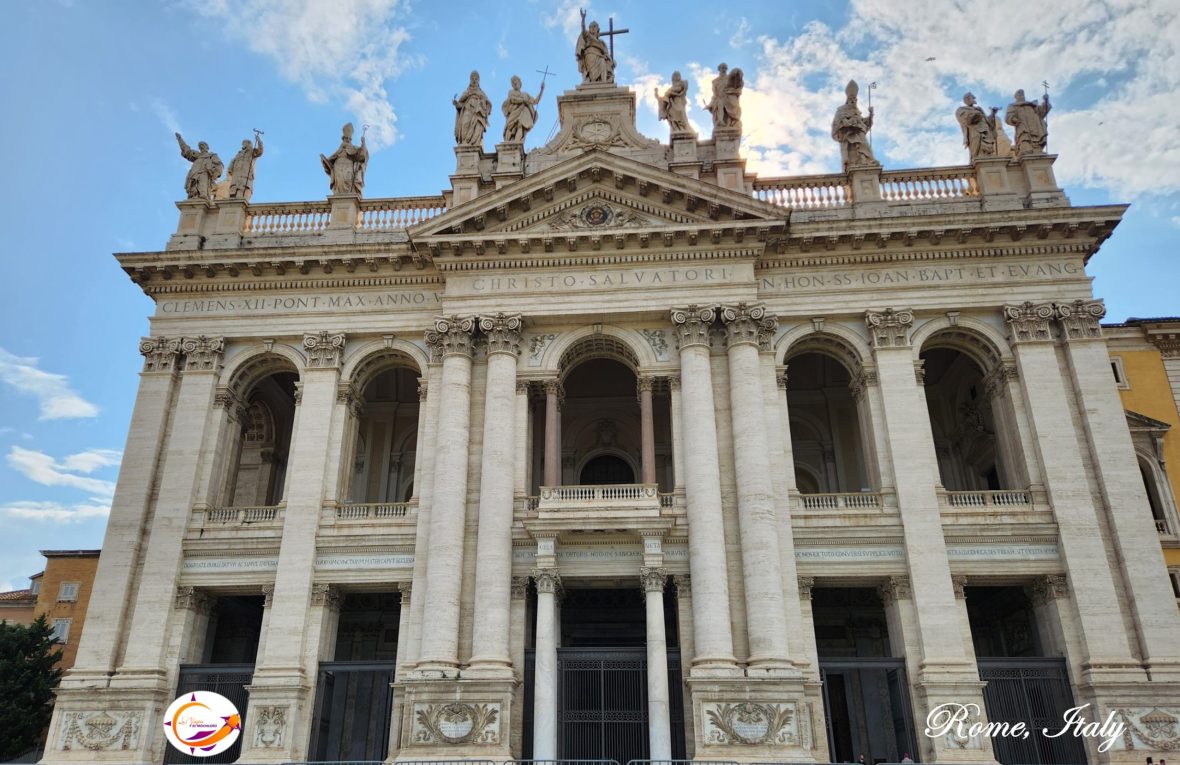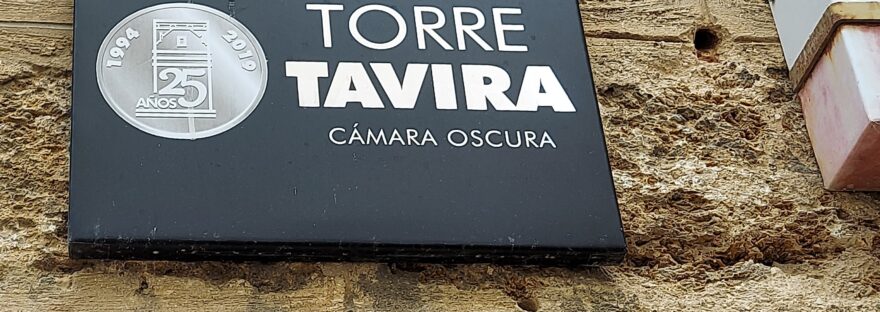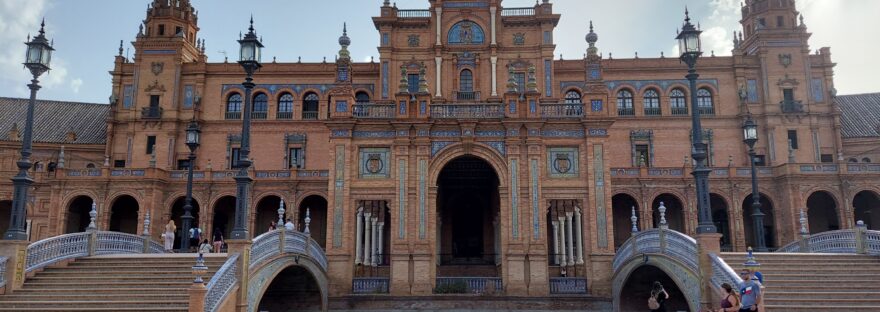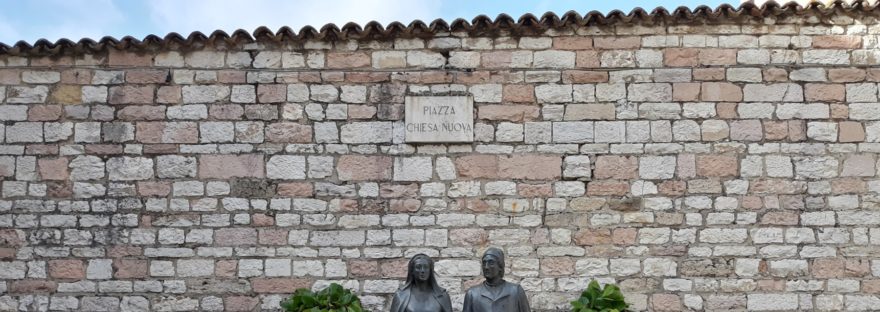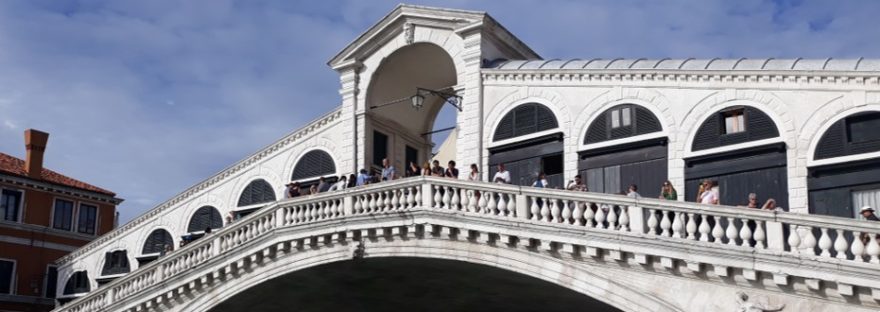We had not yet had the experience of visiting a Camera Obscura (also known as a Dark Chamber or Dark Camera), and so we include it in our list of places to visit in Cadiz. In fact, the Camera Obscura of Cadiz is one of nine that exist in Spain. Continue reading “Cádiz, the Tavira Tower and its Camera Obscura”
Tag: LVYEM
Royal Tobacco Factory of Seville
Due to its large dimensions it is catalogued by some as the “Escorial tabaquero”, or the Palace of the (Tobacco) Industry. Surely they are not mistaken, the Royal Tobacco Factory of Seville is undoubtedly the largest industrial building of the eighteenth century and the best architecture of its kind in Spain. In addition, it is one of the oldest of this type of structure that is preserved, being the headquarters of the first tobacco factory established in Europe. Continue reading “Royal Tobacco Factory of Seville”
The Plaza of Spain in Seville; it embraces
At any time of the day, the “Plaza de España” in Seville is ready to welcome all those who visit it with a big hug. Perhaps, that semi-elliptical shape that stands out in the structure, can be considered as the embrace of Spain to its American territories and the Ibero-American people during the 1929 Exposition. Continue reading “The Plaza of Spain in Seville; it embraces”
Madrid and its “San Jerónimo El Real” Church
From the first moment we saw her, we fell in love with her. That church that looms majestically as we approach the Prado Museum. We are talking about the Church of “San Jerónimo El Real”. Continue reading “Madrid and its “San Jerónimo El Real” Church”
Madrid and its Cathedral of Santa María la Real de La Almudena
According to the legend, the image of “Santa María de la Almudena” dates back to the times of James the Elder and his arrival in Spain to preach the “good news”. However, the Madrid cathedral that honors this image is much more recent. Continue reading “Madrid and its Cathedral of Santa María la Real de La Almudena”
The New Church – Assisi
After visiting the “Basilica di Santa Chiara” in Assisi, Italy, and heading towards the “Piazza Comune”, we encountered the “Chiesa Nuova”, a modest temple built in 1615. It is given the name of “Chiesa Nuova ”or“ New Church ”, being the temple most recently constructed at that time. Continue reading “The New Church – Assisi”
Assisi – Hotel Ideale
In our trips, we have had the opportunity to spend many night in hotels, hostels, B&Bs, etc. Some well known and others unknown. Although it is not our custom to write-up the places where we have stayed, this time we will make an exception. Continue reading “Assisi – Hotel Ideale”
The Green Wall of Madrid
Walking along the Paseo el Prado and just in front of the Royal Botanic Garden, there is a very particular garden, the Green Wall of the CaixaForum in Madrid, Spain. It is specifically located at Paseo del Prado # 36. Continue reading “The Green Wall of Madrid”
From San Polo to San Marcos – Venice
The “Rialto” area of the San Polo district in Venice, Italy, was the center of all economic activity among the 118 small islands that together are known as the City of Venice. As the city grew, so did the need to reach the “Rialto” markets by means other than “gondolas.” Continue reading “From San Polo to San Marcos – Venice”
A piece of Egypt in Madrid
On top of a hill above the “Cuartel de la Montaña” Park (formerly a military installation) and inside the West Park in Madrid, there is a piece of Egypt. The temple of Debod, an Egyptian structure dating from the second century B.C.
